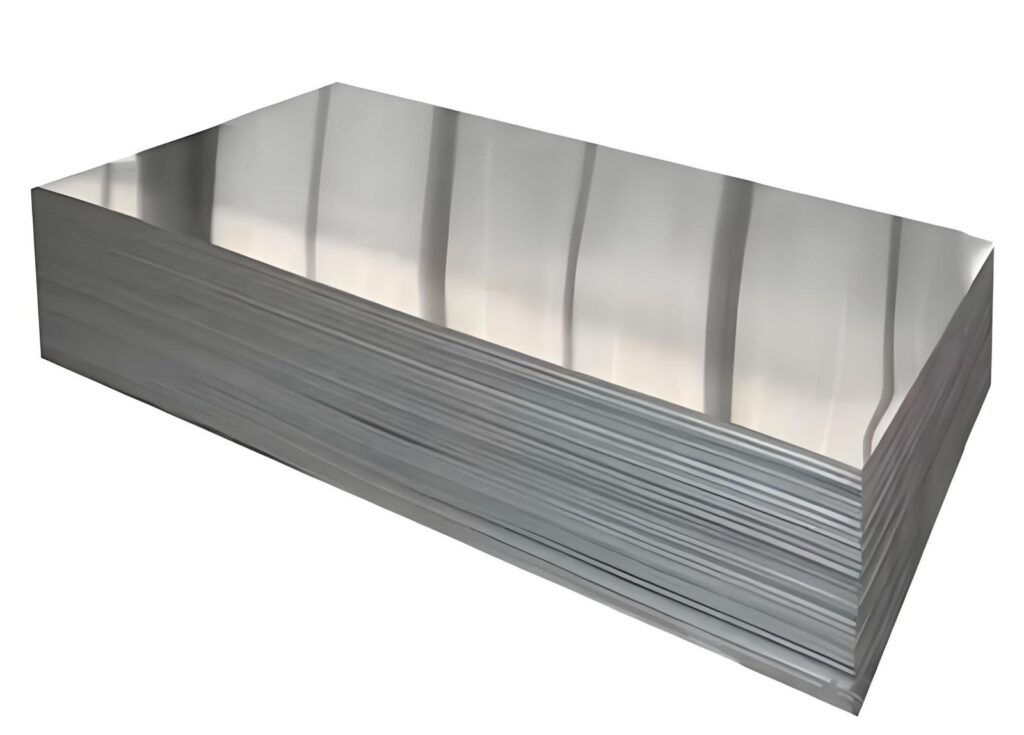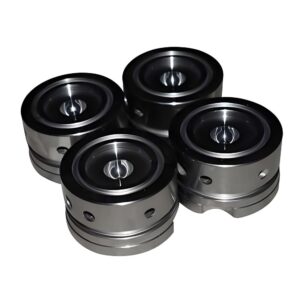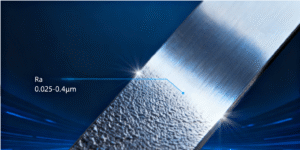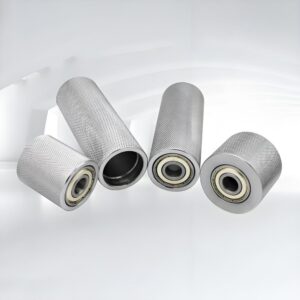A36 steel is one of the most widely used materials in the world of construction and manufacturing. Known for its versatility, strength, and affordability, this mild carbon steel is a staple for engineers, machinists, and fabricators. In this guide, we’ll take an in-depth look at A36 steel — from its chemical composition and mechanical properties to its advantages, limitations, and best practices for machining.
What Is A36 Steel?
A36 steel, officially designated under the ASTM A36 standard, is a low-carbon, mild structural steel used in a wide range of applications. Its carbon content — typically below 0.3% — gives it a balance between strength and ductility, making it easy to weld, machine, and form into plates, bars, beams, and custom components.
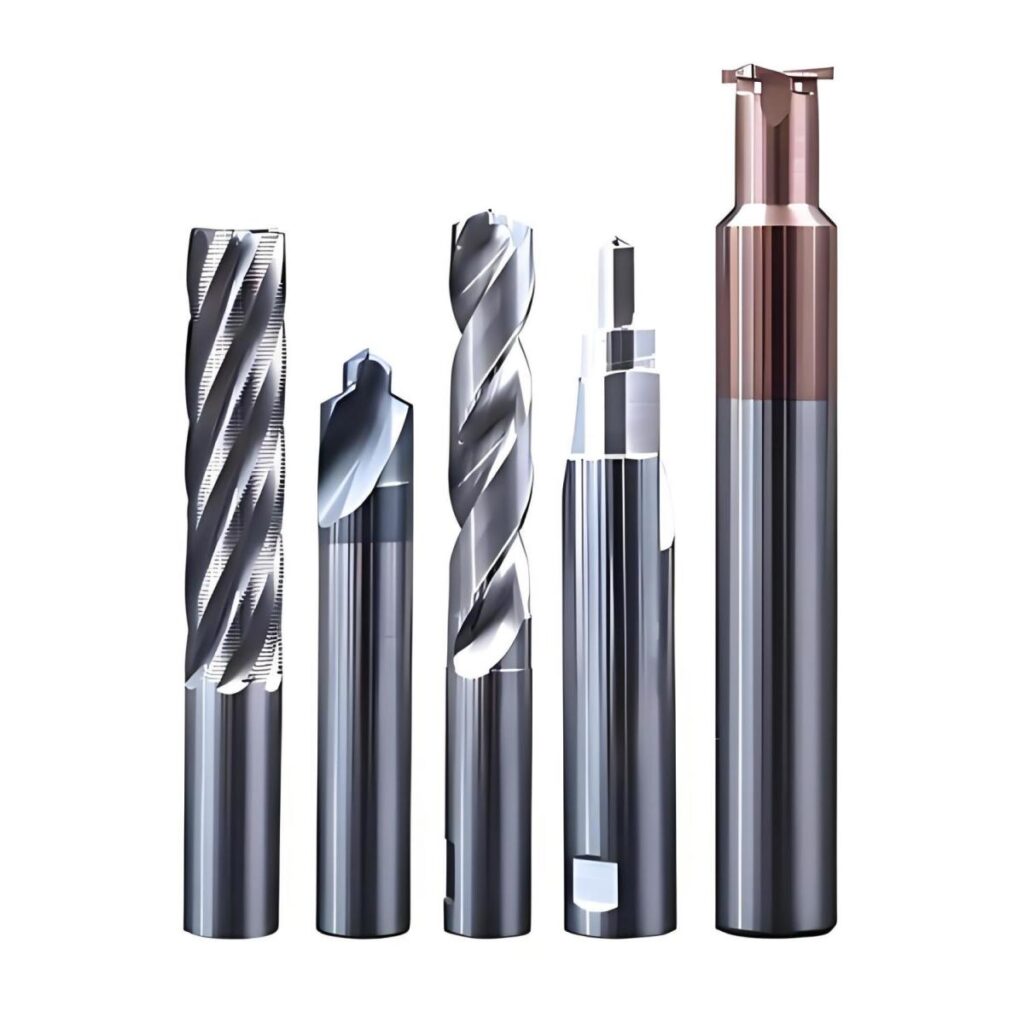
Because of its excellent workability and low cost, A36 is often chosen for structural frameworks, machinery bases, and fabricated parts. It provides reliable performance without the added expense or complexity of high-alloy steels.
A36 Steel Composition
The composition of A36 carbon steel is carefully formulated to achieve its desirable combination of strength and flexibility. Typical elements include:
- Carbon (C): 0.25–0.29%
- Manganese (Mn): 0.85–1.35%
- Phosphorus (P): ≤0.04%
- Sulfur (S): ≤0.05%
- Silicon (Si): 0.15–0.40%
- Copper (Cu): ≤0.20%
- Iron (Fe): Balance (~98%)
This mix ensures excellent machinability and weldability while maintaining sufficient strength for structural applications. The low carbon content minimizes cracking during welding, and manganese enhances toughness and wear resistance.
A36 Steel Properties
The mechanical and physical properties of A36 steel make it one of the most versatile materials in use today.
Mechanical Properties
- Yield Strength: Minimum 36,000 psi (250 MPa) for sections up to 8 inches thick
- Tensile Strength: 58,000–80,000 psi (400–550 MPa)
- Elongation: Approximately 20% in 2 inches — indicating good ductility
- Hardness: Around 112 Brinell — relatively soft, easy to machine
- Density: 7.8 g/cm³ (0.28 lb/in³)
Physical Properties
- Melting Point: ~1,540°C (2,800°F)
- Thermal Conductivity: 26 W/m·K
- Specific Heat Capacity: 480 J/kg·K
Other Characteristics
- Weldability: Excellent; compatible with SMAW, GMAW, and oxyacetylene welding
- Machinability: High; easily drilled, milled, and cut
- Formability: Good; can be bent and shaped without cracking
- Corrosion Resistance: Moderate; protective coatings recommended for outdoor or marine environments
Common Applications of A36 Steel

The applications of A36 steel span nearly every industrial sector due to its versatility and ease of fabrication.
1. Construction and Structural Engineering
A36 steel is commonly used for beams, columns, channels, and plates in building construction, bridges, and oil platforms. Its strength and weldability make it ideal for frameworks and load-bearing structures.
2. Manufacturing and Machinery
In manufacturing, A36 steel is used for machine bases, gears, shafts, brackets, and supports. It offers consistent performance in heavy-duty equipment, from excavators to cranes.
3. Automotive and Transportation
The automotive sector uses A36 steel for frames, brackets, and body panels that do not require high-strength alloys. It offers cost efficiency for moderate-load applications.
4. Oil, Gas, and Energy
A36 steel is widely used in tanks, pipelines, and pressure vessels. While it may require coatings for corrosion protection, its weldability makes it suitable for large, complex assemblies.
5. Agriculture and Equipment
Its durability and affordability make A36 steel popular in agricultural machinery, including plows, frames, and support structures that operate in tough conditions.
Advantages of A36 Steel
The popularity of A36 steel stems from several key advantages that make it suitable for both large-scale construction and precision machining.
- Cost-Effective
A36 steel is among the most affordable structural steels available. Its low price and wide availability make it ideal for budget-conscious projects. - Excellent Weldability
The low carbon content allows for easy and reliable welding using standard processes, reducing fabrication time and labor costs. - High Machinability
With a machinability rating of roughly 72%, A36 steel can be efficiently cut, drilled, and milled with minimal tool wear — ideal for both CNC and manual machining. - Versatility in Form and Use
Available in multiple shapes and thicknesses, A36 can be used for structural, mechanical, or decorative applications. - Structural Reliability
Its consistent mechanical properties ensure dependable performance in load-bearing designs, providing strength without brittleness.
Limitations of A36 Steel
While A36 steel is an excellent all-purpose material, it does have some limitations to keep in mind:
- Limited Corrosion Resistance: Without coatings, it rusts easily when exposed to moisture.
- Lower Strength Than High-Performance Alloys: Steels like A572 offer greater yield strength.
- Variable Machinability: Some hot-rolled A36 steels may contain surface scale, affecting finish quality.
- Temperature Sensitivity: Not ideal for continuous use above 400°C (752°F), as strength can decline.
Machining A36 Steel: Best Practices
To achieve optimal results when machining A36 steel, attention to tooling, cutting parameters, and surface preparation is key.
- Tooling: Use carbide tools for durability; HSS tools can suffice for smaller runs.
- Cutting Speed: Moderate speeds (40–120 ft/min) help balance tool life and finish.
- Feed Rate: Around 0.006 in/rev for drilling; adjust for part geometry.
- Coolant Use: Always apply coolant to reduce heat buildup and improve chip evacuation.
- Surface Preparation: Remove mill scale or use annealed A36 for better surface quality and dimensional accuracy.
Because A36 steel is specified by mechanical performance rather than exact chemistry, slight variations between suppliers can occur. Adjusting feed rates or testing small samples beforehand helps ensure consistent results.
A36 Steel vs. Other Grades
A36 vs. 1018 Steel
Both are mild steels, but 1018 offers slightly better machinability and higher strength due to cold drawing. A36, being hot-rolled, is easier to weld and more economical for large structural work.
A36 vs. A572 Steel
A572 has higher yield strength and better toughness, making it ideal for bridges and heavy-load applications. A36 steel remains preferable for projects requiring ease of fabrication and lower cost.
Emerging Trends and Innovations
Modern advancements are expanding how A36 structural steel is used. Improved coating technologies such as galvanization and powder coating are extending its corrosion resistance. Laser and plasma cutting, along with CNC machining, have made it possible to achieve higher precision and efficiency when working with A36 steel. Sustainability trends are also driving the increased recycling and reuse of A36 materials, reinforcing its role in eco-friendly manufacturing.
Final Thoughts
A36 steel continues to be one of the most reliable and adaptable materials for engineers and manufacturers worldwide. Its combination of strength, ductility, affordability, and ease of machining makes it ideal for countless applications — from heavy construction to precision machining.
Whether used for structural frameworks, machinery parts, or custom fabrication, A36 steel delivers dependable performance at a cost that fits nearly any project. Understanding its composition, properties, and machining behavior helps ensure successful results in every application.

